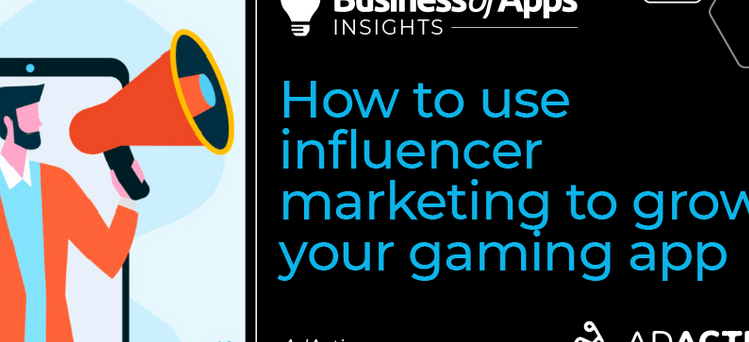In today’s digital landscape, where attention is the new currency, influencer marketing has emerged as a powerful means of audience monetization. Brands and businesses are increasingly partnering with influencers to tap into their engaged followers. In this article, we’ll delve into the symbiotic relationship between influencer marketing and audience monetization, exploring strategies, benefits, and best practices.

The Rise of Influencer Marketing
The Influence Economy
The advent of social media brought forth an era where individuals could amass large, loyal followings. These influencers, often experts in niche areas or charismatic personalities, wield significant sway over their audience’s opinions and decisions. The influence economy was born.
Understanding Influencer Marketing
What is Influencer Marketing?
Influencer marketing is a collaborative effort between brands and influencers. Brands leverage an influencer’s authenticity, credibility, and reach to promote their products or services to a targeted audience. In return, influencers receive compensation or other incentives.
Audience Monetization through Influencer Marketing
Unlocking Revenue Streams
Sponsored Content: Influencers create content that seamlessly integrates a brand’s product or service. These posts often reach a broad and engaged audience.
Affiliate Marketing: Influencers share unique affiliate links with their followers. They earn a commission on each sale generated through these links.
Product Collaborations: Brands partner with influencers to co-create products or collections, sharing profits from sales.
Benefits of Influencer Marketing for Audience Monetization
Enhanced Trust and Engagement
When they recommend a product or service, it carries more weight than traditional advertising.
Targeted Reach
Influencers specialize in niche content, ensuring that the brand’s message reaches a highly relevant audience.
Authenticity
Influencers maintain their authenticity even when promoting products, making their endorsements feel genuine.
Diverse Content Formats
Influencer marketing offers versatility, from Instagram posts to YouTube videos and blog reviews, catering to various audience preferences.
Strategies for Effective Influencer Marketing
Define Objectives
Clearly outline your campaign goals. Are you aiming for brand awareness, conversions, or engagement?
Identify the Right Influencers
Select influencers whose values align with your brand. Their audience should match your target demographic.
Authentic Collaboration
Encourage influencers to create content that resonates with their style while integrating your brand message naturally.
Micro-Influencers vs. Mega-Influencers
Consider working with micro-influencers who have smaller but highly engaged followings, often offering better ROI.
Measuring the Impact
Engagement Metrics
Track likes, comments, shares, and overall engagement on influencer posts.
Conversion Metrics
Measure the number of clicks, website visits, and conversions generated through influencer campaigns.
Sales and Revenue
Monitor the direct impact of influencer collaborations on sales and revenue.
Future Trends in Influencer Marketing
The landscape of marketing is continually evolving. Key trends include:
Nano-Influencers
An emerging category of influencers with ultra-small but highly engaged followings.
Video Content
The rise of short-form video platforms like TikTok and Instagram Reels has given birth to a new breed of influencers.
Long-term Partnerships
Brands are opting for ongoing relationships with influencers rather than one-off campaigns.
Tips for Navigating Influencer Fatigue
Influencer fatigue can be detrimental to both influencers and brands. Including tips and strategies on how to prevent influencer fatigue or mitigate its effects can be valuable. This might involve spacing out collaborations, maintaining authenticity, or targeting different audience segments within an influencer’s following.
Conclusion
In conclusion, influencer marketing has firmly established itself as a dynamic force in the realm of audience monetization. By partnering with influencers, brands can harness the trust, authenticity, and reach of these digital tastemakers. When executed effectively, marketing doesn’t just promote products—it fosters relationships and loyalty between brands and their audiences. As this space continues to evolve, staying informed about the latest trends and best practices is vital for businesses seeking to maximize the power of marketing.
